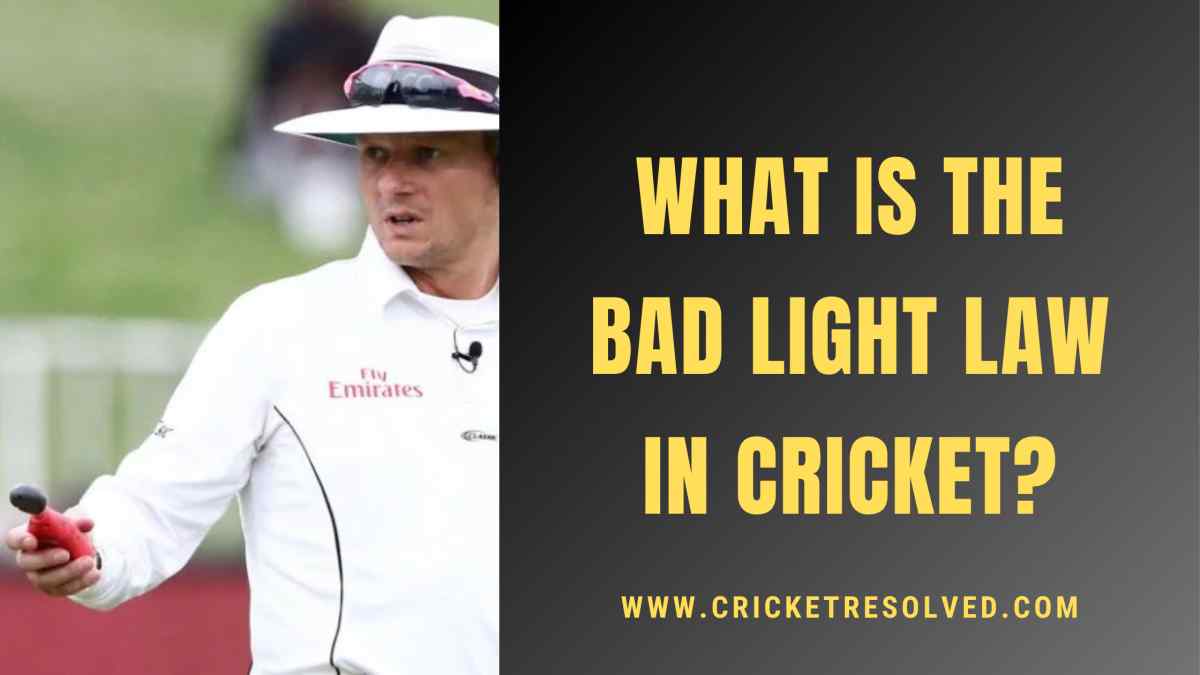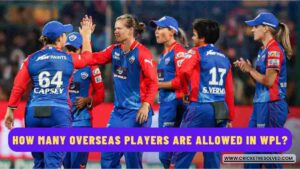
Cricket is one sport that is the first to integrate the latest technologies into the game. But despite the advancement of the game and technology, some things plague the gentleman’s game.
Bad light is among them, which halts the cricket match, leaving players and spectators furious at the situation.
But what does bad light mean? And what are the rules surrounding it?
Well, let’s dig into the bad light rules in cricket.
Bad Light Laws in Cricket
‘Bad light stops play’. You must have come across this term while watching a cricket match, especially during a Test match.
But what is a bad light? And why does it force the game to halt?
See, bad light means the daylight has diminished to a certain level where the players can’t see the ball clearly. Moreover, the red ball is hard to see in dark conditions as bowlers steam in at a quicker pace.
And that becomes an alarming situation, as the batters, fielders, bowlers, and even the umpires can’t spot the ball racing at a faster pace.
Playing in such conditions can be dangerous and poses a threat to the player’s and umpire’s safety. So, the Marylebone Cricket Club (MCC), the guardians of the game, came up with regulations regarding bad light.
What does the Bad Light Law say?
According to the Laws of Cricket, if continuing a match puts everyone in danger due to poor weather or bad light, then the umpires have the authority to suspend the play. And the decision can solely be taken by the umpires without interference from the batting or fielding team.
Before 2010, the umpires would consult the batters before stopping the play, but the MCC altered the rules to ensure fair play. So after the rule change, the umpires have the final say in halting matches due to bad light.
But how do umpires determine the bad light condition?
To help umpires make the correct decision, they are equipped with a light meter. The on-field umpires use the light meter to check the extent of light on the ground.
The light meter returns a reading about the availability of light. If the reading falls below a certain level, which is deemed unfit, then the umpires suspend the play immediately. That reading is considered a cut-off point for further days.
The game resumes as soon as the light conditions improve compared to the cut-off reading taken by the umpires.
But what happens if the light condition doesn’t improve?
In that condition, the umpires call off the play for that particular day. And to compensate for the loss of overs, the game resumes earlier the next day.








